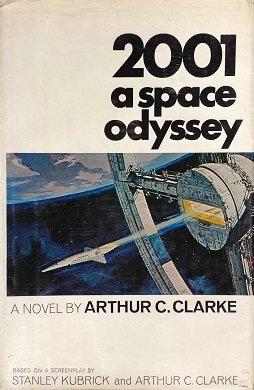A True Yunatic
Some writers don’t just imagine the future – they engineer it. Arthur C. Clarke was more than a science fiction legend. He was a scientist, futurist, deep-sea dreamer and cosmic communicator, blending logic with wonder, science with the sacred.
He helped invent the idea of satellites, then wrote stories about humanity’s place among the stars. Clarke believed that technology and transcendence weren’t opposites – they were part of the same great unfolding.
“Any sufficiently advanced technology is indistinguishable from magic.” – Arthur C. Clarke
The Inner Child
Clarke’s inner child was curious, humble and wide-eyed with starlight. That boy looked through a cardboard telescope and imagined other worlds – not as fantasy, but as destiny. He never lost that hunger for exploration, nor the joy of asking what if?. That child became a man who believed the universe was far more mysterious and far more generous, than we could grasp.
Tribbles
Clarke’s tribbles launched both dreams and satellites:
- 2001: A Space Odyssey – Co-created with Stanley Kubrick, a mythic sci-fi journey of evolution, AI and the unknown.
- Childhood’s End, Rendezvous with Rama, The Fountains of Paradise – Books that expanded what sci-fi could feel like: deep, soulful and visionary.
- The Monolith – A mysterious symbol of cosmic intelligence and awakening.
- Clarke’s Three Laws – Especially the third, still quoted across science and science fiction.
- Geostationary satellite concept – Now known as the “Clarke Orbit” – a real-world tribble in Earth’s sky.

Connected with the Yuniverse
Clarke saw the universe not as cold space, but as a living question, waiting for our participation. He believed science fiction was a sacred tool – not to escape the present, but to evolve it. His stories weren’t about aliens – they were about us, reaching higher.
Spiritual
Clarke was an atheist, yet deeply reverent toward the mystery of existence. His faith lived in imagination, exploration and the poetry of possibility.
Arthur C. Clarke reminds us that the stars aren’t just above us – they’re inside us, waiting to be remembered.